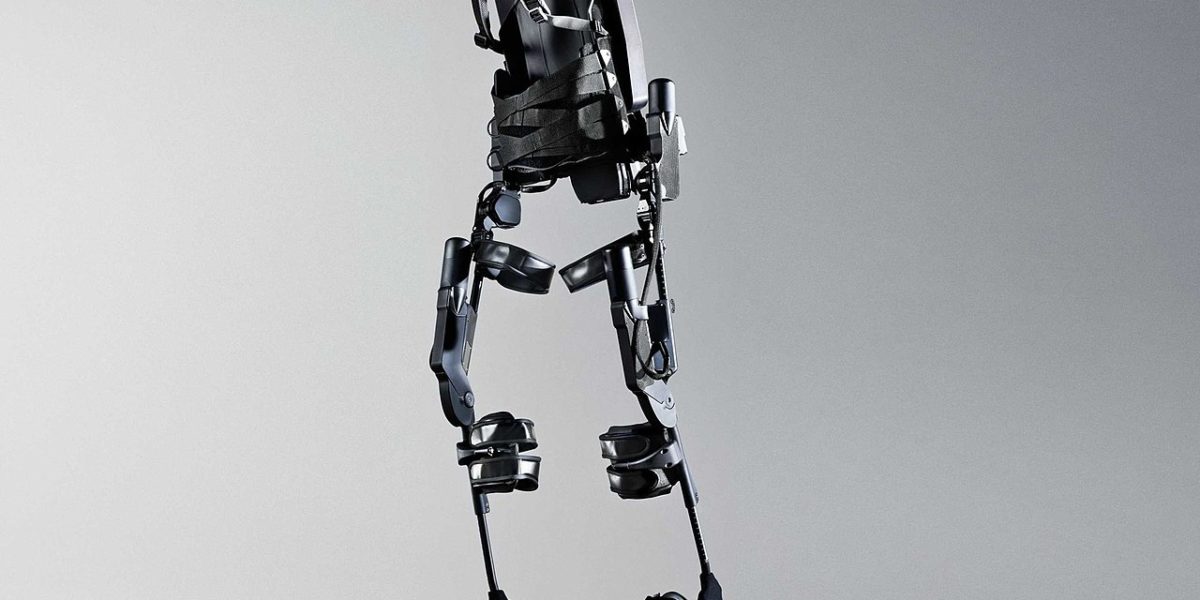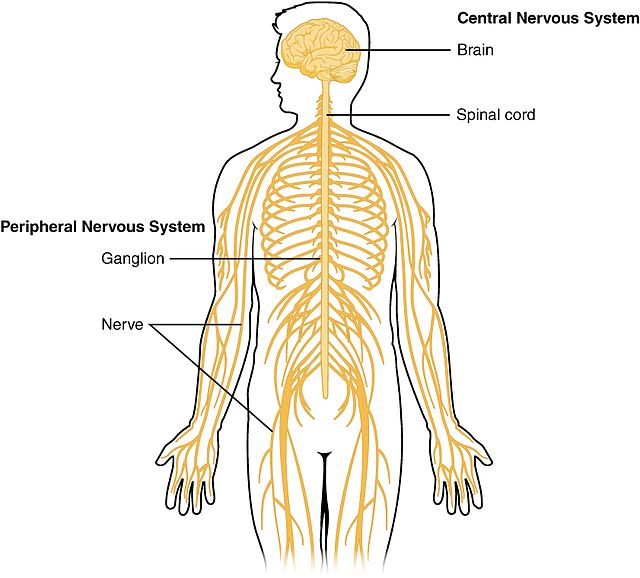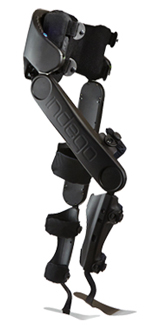No one ever imagines themselves getting seriously injured. Accidents do happen though, like car crashes and unexpected sports injuries. These events can drastically change a person’s life, leaving them unable to perform simple daily tasks without assistance, such as walking. One injury that can radically impact a person’s life is a spinal cord injury. There are approximately a quarter of a million people in the United States with spinal cord injuries, and that number grows by 12,500 each year.
The spine is the center of support in the body. It adds structure and facilitates movement. Its other extremely important job is to protect the spinal cord, which is a column of nerves that runs down the length of the neck and back. The spinal cord is part of the nervous system, and it acts as a messenger, taking orders from the brain and relaying these messages to the rest of the body, telling the muscles what to do. If the spinal cord is injured, the messages can’t be delivered properly. This often results in a loss of mobility.
Most people don’t think about the mechanics involved in the simple act of walking. However, in order to walk, various joints such as the hip, knee, and ankle need to work together, rotating and bearing loads to allow for movement. When your foot hits the ground, the ground imparts a force through the foot which is translated up through the lower extremities to the spine. When a spinal cord injury occurs, the brain is unable to communicate with our muscles which inhibits this load bearing and the resulting movement.
Studies have shown that powered exoskeletons have numerous benefits for patients with spinal cord injuries to help with walking and mobility. These powered exoskeletons are built in various ways to bear loads and encourage movement, and a review of different exoskeletons, along with other rehabilitation devices, discusses differences in design and control of the systems. For example, to allow for control of movement, one exoskeleton was built with motors located at the joints while another was designed with a braking system at the joints.
One study researched mobility outcomes for patients with injuries that varied in severity and location on the spine. Some patients were paraplegic, which means their lower extremities were paralyzed, and some patients were tetraplegic/quadriplegic, which means the paralysis affected both their lower and upper extremities. Also, some patients had complete spinal cord injuries, which means all feeling was lost below the injury, while others had incomplete spinal cord injuries, which means they had some feeling and some ability to control movement below the injury. This study showed that powered exoskeletons, specifically the Indego exoskeleton, could help a patient move in both indoor and outdoor settings, and there is potential for patients with paraplegia caused by injuries to the lower spine to use this device to allow greater ease of mobility in public spaces. For patients with more severe injuries, such as those with quadriplegia, the powered exoskeleton allowed for slower movement with supervision and occasional assistance from a therapist. These patients also needed assistance with putting on and removing the device. Therefore, the powered exoskeleton won’t help patients with more severe injuries move on their own in public settings, but it was excellent for exercise and rehabilitation.
These exoskeletons are also proven to be safe and feasible. Patients with complete spinal cord injuries did not report discomfort or injury, and they were able to use a powered exoskeleton more easily than previous rehabilitation technology.
Powered exoskeletons may be the future of movement for those who thought they would never walk again. This further reading contains examples of paraplegics who walked using a powered exoskeleton. Another man even walked marathons using one of these devices:
There are limitations on these devices, but the robotics field is swiftly evolving, and the technology is giving patients something they never thought they would have: a second chance.
Featured image cropped from Wikimedia Commons licensed under CC BY-SA 4.0


